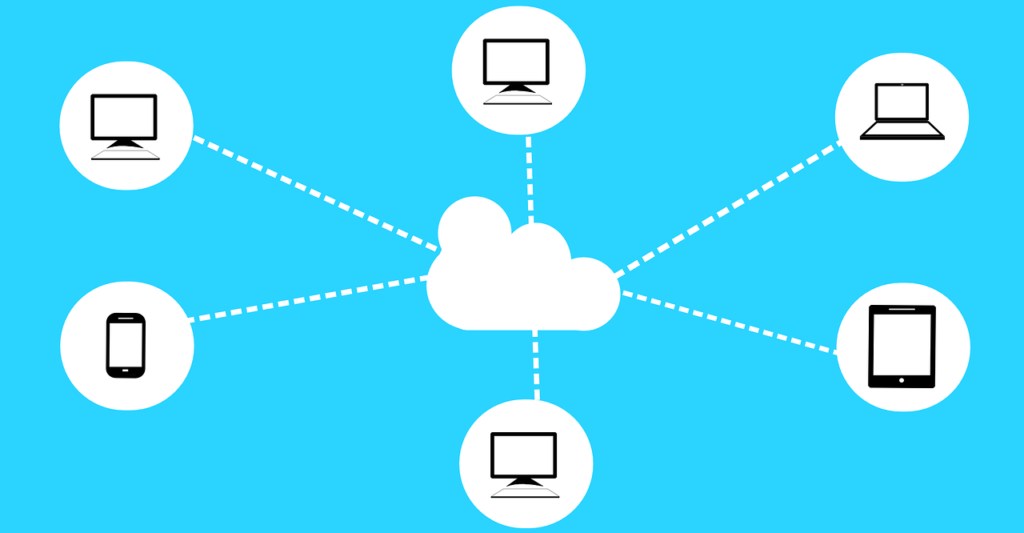Cloud Monitoring and Management
Cloud monitoring and management are ways to keep track of and control the resources you’re using in the cloud. When you use cloud computing services, you’re essentially renting resources from a provider. This means that you’re not responsible for maintaining the physical infrastructure, but you are responsible for using the resources effectively and efficiently. Cloud …




